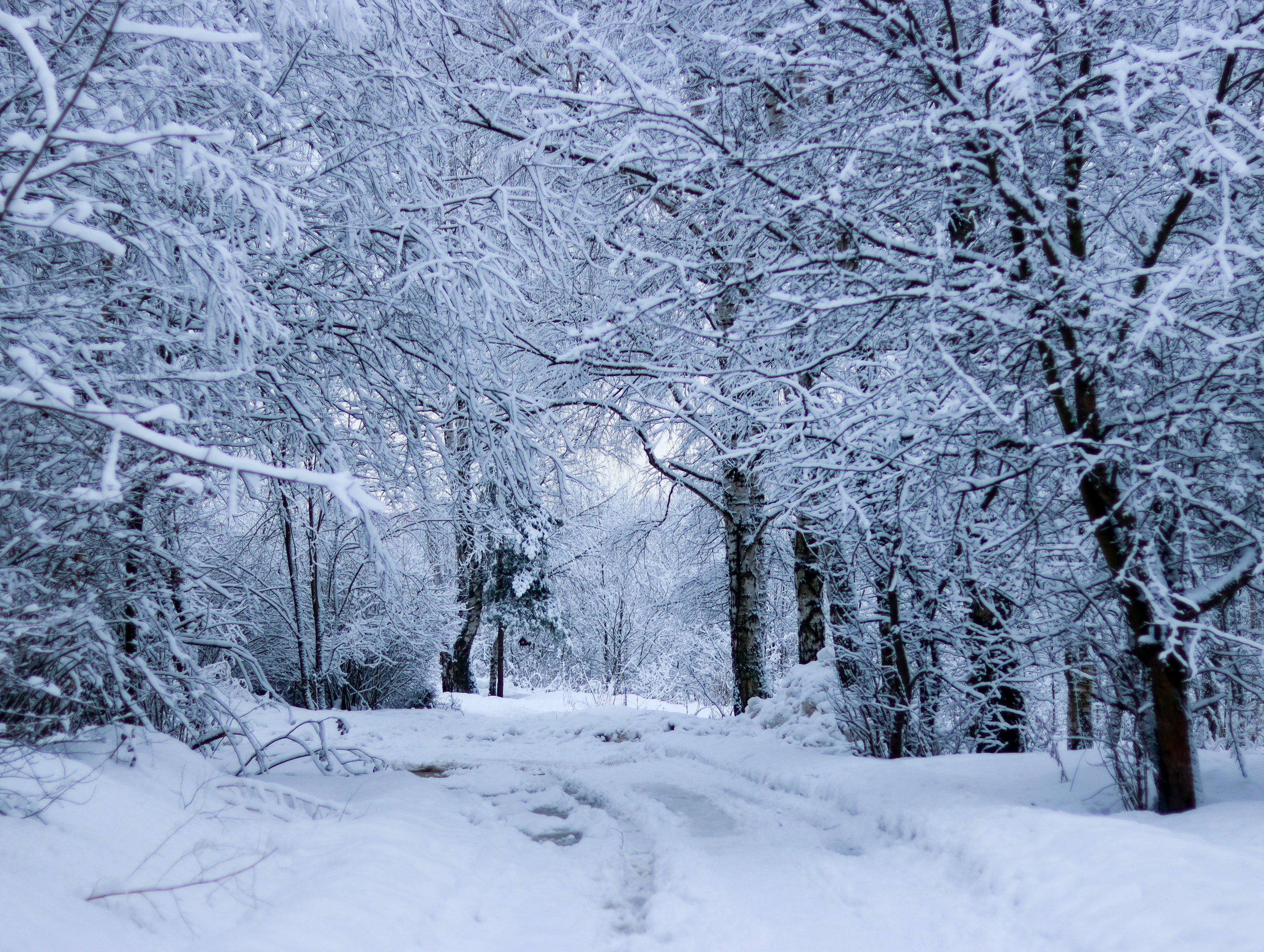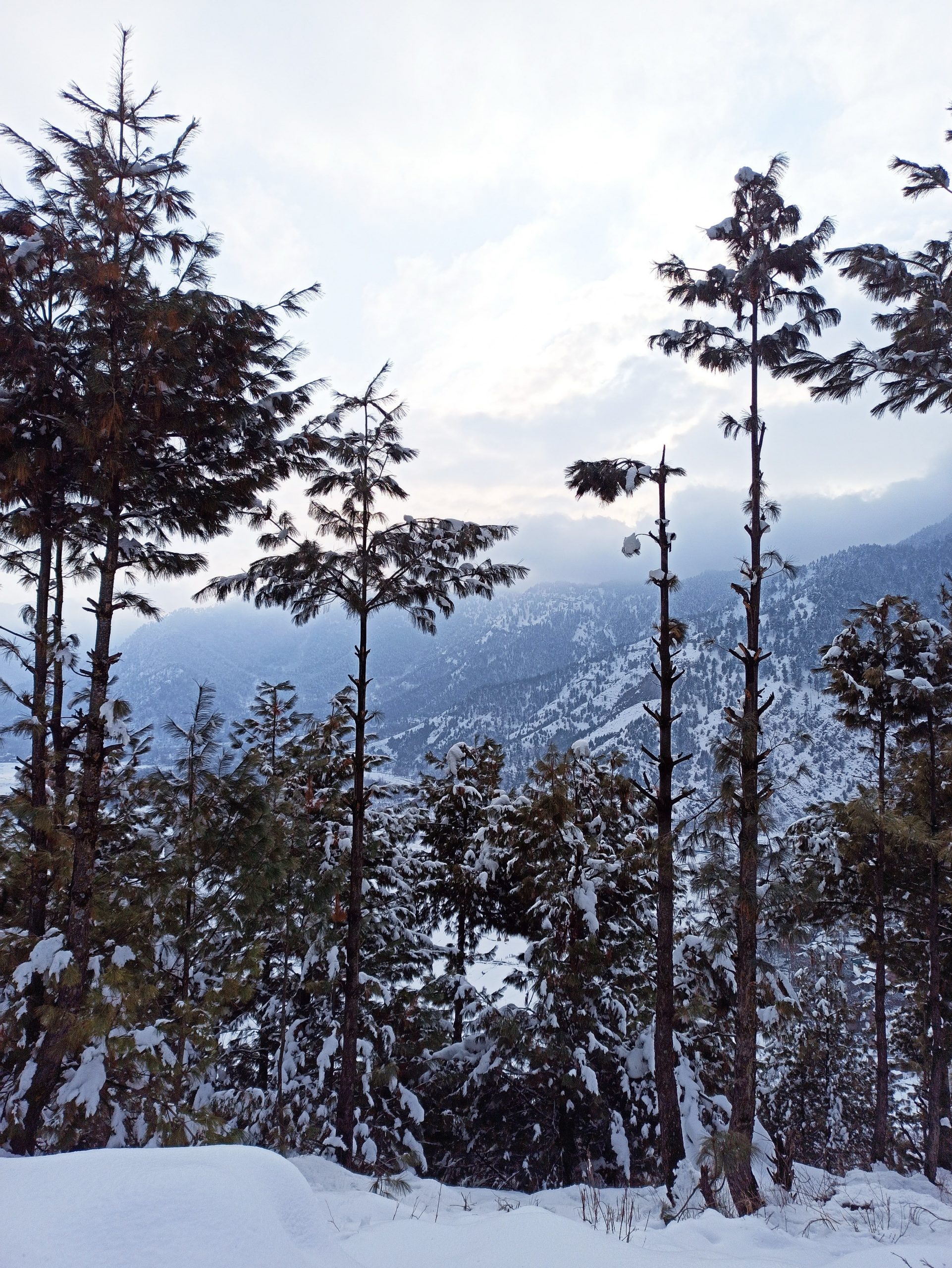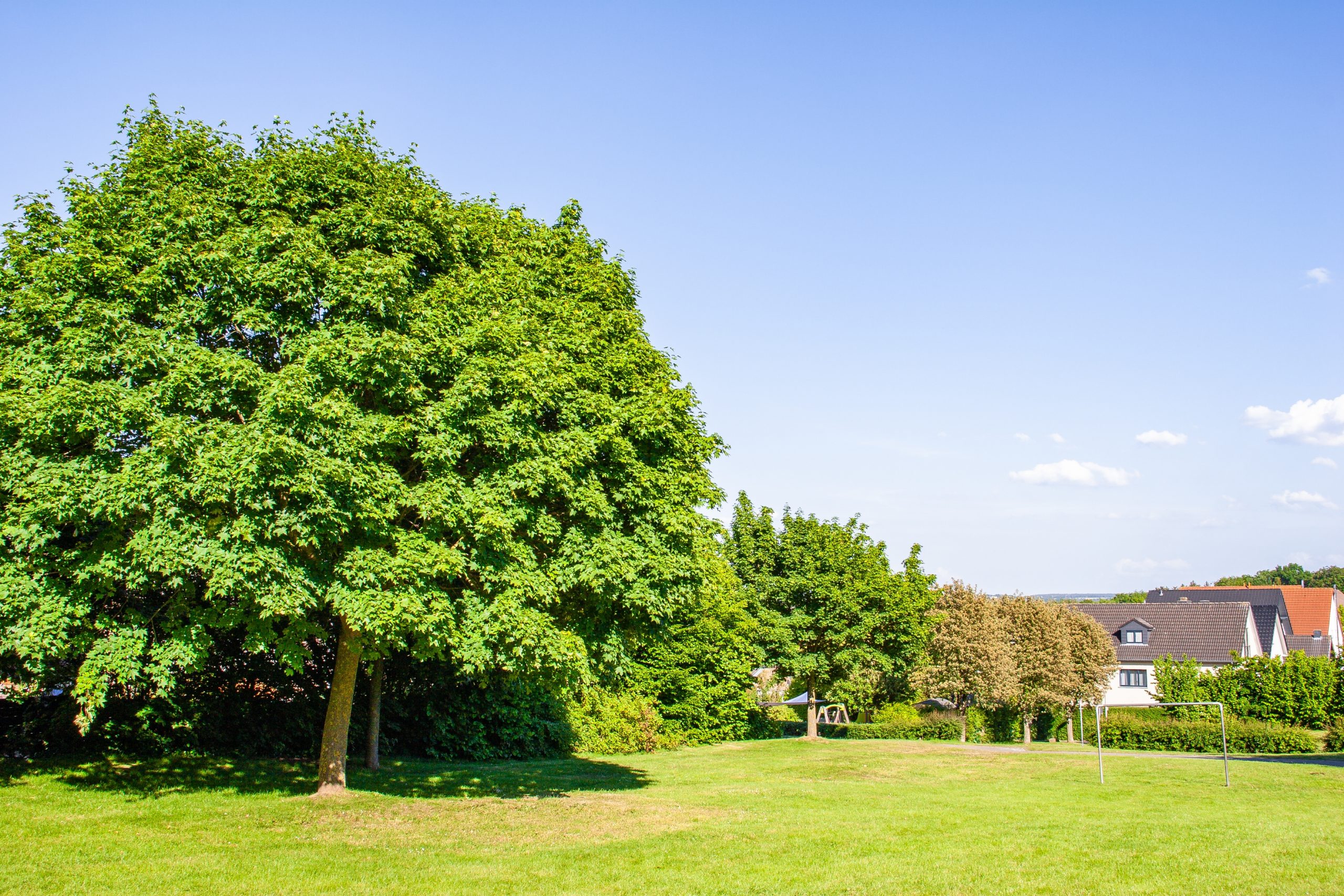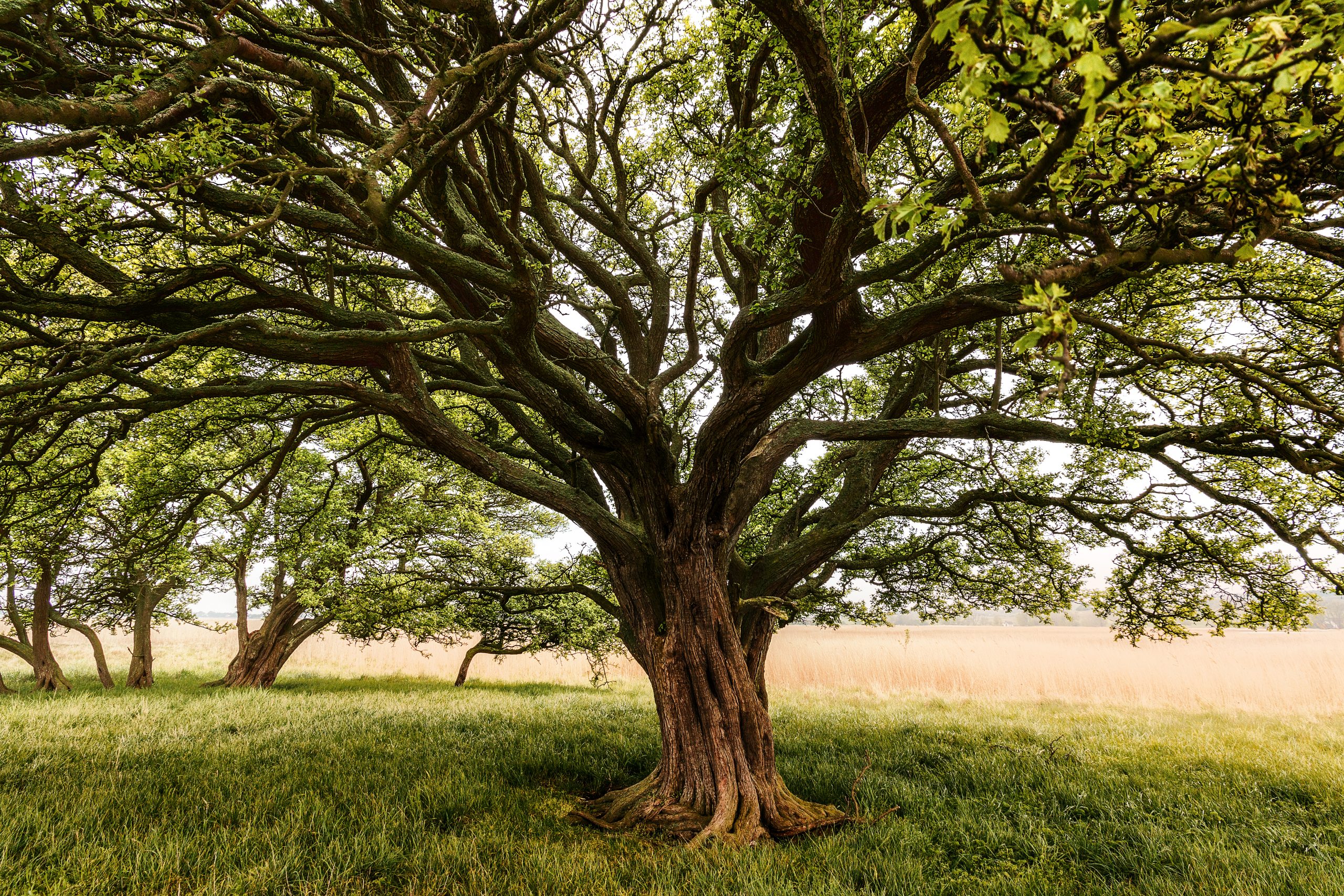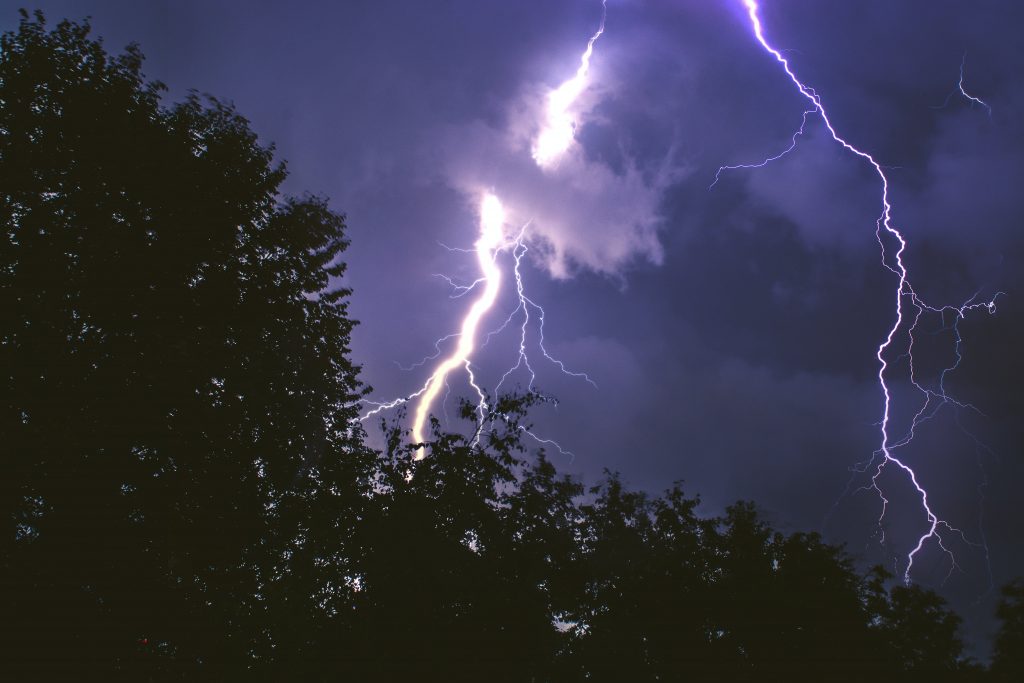What Can Be Used as Removal of Tree Sap From Horses Manes?
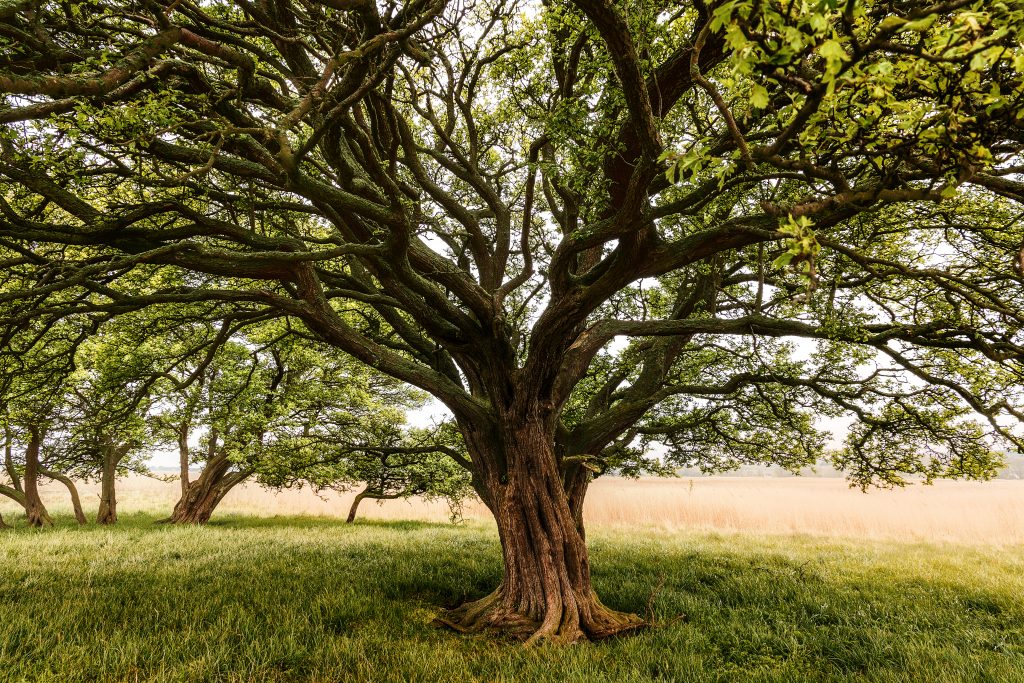
Are you tired of dealing with sticky tree sap on your horse’s beautiful mane? Well, fret no more! In this article, we will reveal tried-and-true techniques for removing tree sap from your horse’s mane. With our expert tips and step-by-step instructions, you’ll be able to say goodbye to those pesky sap stains and restore your horse’s mane to its former glory. So, grab your tools and get ready to tackle this sticky situation head-on!
Key Takeaways
- Tree sap removal products designed for horses are effective in removing sap from horse manes.
- Applying vegetable oil or mayonnaise to the sap-covered area can help soften the sap and make it easier to comb out.
- Using a mixture of warm water and dish soap can help loosen and break down the sap before rinsing it out.
- Regularly inspecting the mane and promptly removing small amounts of sap can prevent buildup and maintain the horse’s appearance and comfort.
Introduction to Tree Sap Removal From Horses Manes
If your horse’s mane is covered in tree sap, you’ll need to know the best methods for removal. Tree sap can be a sticky and stubborn substance to remove from your horse’s mane, but with the right techniques and products, you can effectively get rid of it. Here are some key tips to help you in the process:
- Use tree sap removal products specifically designed for horses. These products are formulated to effectively dissolve and remove tree sap without causing any harm to your horse’s mane.
- Gently comb through the affected area with a wide-toothed comb to loosen the sap from the hair strands.
- Apply a generous amount of the tree sap removal product onto a clean cloth or sponge and gently dab it onto the sap-covered hair.
- Allow the product to sit on the sap for a few minutes to break it down before gently wiping it away with the cloth.
Common tree sap sources that may affect your horse’s mane include pine trees, oak trees, and maple trees. These trees produce sap that can easily get transferred onto your horse’s mane, especially when they rub against them. Understanding the sources of tree sap can help you take preventive measures to minimize its occurrence. Now, let’s delve into the fascinating history of tree sap removal techniques.
Tree Sap Removal History
To understand the history of how people have dealt with the issue of tree sap in horse manes, you might find it interesting to know that various methods have been employed over the years. Tree sap removal techniques have evolved alongside the historical uses of tree sap itself. In the past, people discovered that tree sap could be used for medicinal purposes, as a waterproofing agent, and even as a source of energy. However, when it came to removing tree sap from horse manes, different approaches were necessary.
One early method involved the use of solvents such as alcohol or turpentine. These substances were applied to the affected area and gently rubbed until the tree sap dissolved. While effective, this technique could be harsh on the horse’s skin and mane.
Another historical method involved using natural oils, such as olive oil or coconut oil, to soften the tree sap. The oil was applied to the affected area and left to sit for a period of time. This allowed the sap to loosen its grip on the horse’s mane, making it easier to remove.
Transitioning to the subsequent section about ‘tips,’ it is important to note that modern advancements have provided us with more refined and gentle methods for tree sap removal from horse manes.
Tips
When it comes to dealing with tree sap in your horse’s mane, there are several key points to consider. First, natural sap removers can be effective in safely and gently removing the sticky substance without causing harm to your horse’s hair. Second, preventing sap accumulation in the first place is crucial, and there are preventative measures you can take to minimize the chances of sap getting on your horse’s mane. Finally, professional grooming solutions can provide expert assistance in removing sap and maintaining your horse’s mane in top condition.
Natural Sap Removers
You can try applying a mixture of baking soda and water to naturally remove the tree sap from your horse’s mane. This DIY solution is an effective way to eliminate the sticky residue without causing any harm to your horse’s hair or skin. To create the mixture, combine equal parts baking soda and water until you have a paste-like consistency. Gently massage the mixture into the sap-covered areas of your horse’s mane, allowing it to sit for a few minutes. Then, rinse thoroughly with warm water and comb through the mane to remove any remaining sap. This natural sap remover is a safe and easy solution for maintaining your horse’s beautiful mane. Now, let’s move on to preventing sap accumulation.
Preventing Sap Accumulation
One way to prevent sap accumulation on your horse’s mane is by regularly applying a coat of baby oil. Baby oil is a safe and effective solution for keeping the mane sap-free. The oil creates a barrier on the hair, making it harder for the sap to stick. To apply, simply pour a small amount of baby oil onto your hands and rub it into the mane, focusing on the areas prone to sap. The oil will not only prevent sap from adhering to the hair, but it will also add shine and softness to the mane. By applying baby oil regularly, you can keep your horse’s mane sap-free and looking its best. Now, let’s explore some professional grooming solutions for removing sap from your horse’s mane.
Professional Grooming Solutions
If you want to remove sap from your horse’s mane, consider using a professional grooming solution. Professional grooming techniques offer safe and effective sap removers that can help you tackle this sticky problem. These solutions are specially formulated to break down the sap without causing any harm to your horse’s mane or skin. When using a professional grooming solution, follow the instructions carefully and apply it directly to the affected areas. Gently massage the product into the sap-covered hairs, allowing it to penetrate and dissolve the sap. After a few minutes, you can then proceed to comb or brush out the sap, being careful not to pull or tug on the mane. With the help of these professional grooming solutions, you can easily remove sap from your horse’s mane and restore it to its natural beauty.
Traits and Characteristics
The traits and characteristics of a horse’s mane can vary depending on the breed and individual horse. When it comes to grooming and maintaining your horse’s mane, it is important to consider the unique qualities of their mane. Some horses have thick, coarse manes, while others have fine, silky manes. Understanding the traits and characteristics of your horse’s mane can help you choose safe products and overcome common challenges.
For horses with thick, coarse manes, it is essential to use products that can effectively soften and detangle the hair. Look for mane conditioners and detangling sprays specifically designed for thick and coarse hair. These products can help make grooming easier and reduce the risk of breakage or damage to the mane.
On the other hand, horses with fine, silky manes require a different approach. Using lightweight, non-greasy products can help maintain the natural shine and smoothness of the hair. Be cautious not to overload the mane with heavy products that can weigh it down and make it appear flat.
Transitioning into the subsequent section about steps for effective tree sap removal, it is important to note that tree sap can be a common challenge when it comes to maintaining a horse’s mane. Here are some tips to effectively remove tree sap from your horse’s mane.
Steps for Effective Tree Sap Removal
To effectively remove tree sap from your horse’s mane, start by applying a small amount of vegetable oil or mayonnaise to the affected area. This will help to loosen the sap and make it easier to remove. Here are some effective techniques to remove tree sap from your horse’s mane:
- Gently massage the oil or mayonnaise into the sap-covered hair. Be sure to cover all the sap with the oil to ensure maximum effectiveness.
- Let the oil or mayonnaise sit on the hair for about 10-15 minutes. This will give it time to penetrate the sap and make it easier to remove.
- Use a wide-toothed comb or your fingers to carefully comb through the hair. Start from the bottom and work your way up to avoid breaking or pulling on the hair.
- Rinse the hair thoroughly with warm water to remove any remaining oil or mayonnaise. You may need to repeat the process if there is still sap left in the mane.
Goals
One important goal when working with your horse is to establish clear communication and build a trusting relationship. This not only enhances the overall training experience but also ensures the well-being and safety of both you and your horse. When it comes to grooming, specifically dealing with tree sap in your horse’s mane, it is crucial to approach the task with care and consideration. Preventing sap buildup can be achieved by regularly inspecting your horse’s mane and promptly removing any small amounts of sap before they become problematic. However, if your horse’s mane does become affected by tree sap, there are alternative sap removers that can be used. These products are specifically designed to dissolve the sap without causing any harm to your horse’s hair or skin. By effectively removing the sap from your horse’s mane, you are not only maintaining their appearance but also preventing any discomfort or irritation that may arise from the sap’s presence. Developing good habits for effective tree sap removal is essential for the overall well-being and care of your horse.
Habits for Effective Tree Sap Removal
Ensure you regularly inspect your horse’s mane for any small amounts of sap, promptly removing them to prevent buildup and discomfort. There are several effective techniques for removing tree sap from your horse’s mane, but it’s important to know the common mistakes to avoid. One common mistake is trying to scrape off the sap with a sharp object, which can damage the hair and cause pain for your horse. Instead, start by using a gentle soap or shampoo to soften the sap. Apply the soap to the affected area and gently work it into the hair, being careful not to pull or tug too hard. Let the soap sit for a few minutes to allow it to break down the sap. Then, using your fingers or a soft cloth, gently rub the area in a circular motion to loosen the sap. Rinse the area thoroughly with warm water and repeat the process if necessary. It’s important to be patient and gentle throughout the process to avoid causing any discomfort or stress for your horse. By following these effective techniques and avoiding common mistakes, you can safely and effectively remove tree sap from your horse’s mane. Now, let me share a real-life story to further illustrate the importance of proper sap removal.
A Real-Life Story
Hey, let me tell you a real-life story that will show you the importance of properly removing sap from your horse’s mane. As an experienced horse owner, I’ve encountered my fair share of challenges when it comes to tree sap removal. One summer, my horse, Bella, got into a sticky situation when she wandered too close to a pine tree. The sap quickly coated her mane, creating a tangled mess that seemed impossible to untangle. I tried various methods, but nothing seemed to work. Bella became agitated and uncomfortable, and I knew I had to find a solution fast. After consulting with other horse owners who had faced similar issues, I discovered a product specifically designed to remove tree sap from horse manes. It worked like magic, dissolving the sap without damaging Bella’s delicate mane. Seeing the relief on her face and feeling the smoothness of her mane once again, I realized the importance of proper sap removal. Quotes from other horse owners further emphasized the common challenges we face and the need for effective solutions. So, let’s delve deeper into some valuable advice and tips from fellow horse enthusiasts.
Quotes
So, you’ve heard the inspirational story of how quotes played a significant role in overcoming the challenges of removing tree sap from a horse’s mane. Now, let’s delve into the power and effectiveness of quotes in our lives.
Quotes have the ability to inspire, motivate, and uplift us during difficult times. They can offer guidance, wisdom, and a fresh perspective when we need it the most. By encapsulating profound thoughts and experiences in a concise manner, quotes have the power to touch our hearts and ignite positive change within us.
Inspirational stories often feature impactful quotes that resonate with readers on a deep level. These quotes serve as reminders of our own strength, resilience, and potential. They can provide a sense of hope and encouragement, reminding us that we are not alone in our struggles.
Moreover, quotes have a way of connecting people from different walks of life. They transcend barriers of language, culture, and geography, uniting individuals through shared experiences and emotions. By sharing quotes that have touched us, we can inspire others and create a ripple effect of positivity.
Now, let’s uncover the secrets to successfully removing tree sap from a horse’s mane, without causing any harm or discomfort to your equine friend.
Secrets
To successfully remove sticky residues from your horse’s mane, start by applying a gentle and natural solution that won’t harm their delicate skin. One of the secrets to effective tree sap removal is using a mixture of warm water and dish soap. The warm water helps to loosen the sap, while the dish soap helps to break down its sticky properties. Begin by wetting the affected area with warm water, then lather a small amount of dish soap onto a sponge or cloth. Gently scrub the sap-covered hair in circular motions, being careful not to tug or pull on the mane. Rinse the area thoroughly with warm water, making sure to remove all traces of soap. Repeat this process as needed until the sap is completely gone.
Another habit for effective tree sap removal is using a natural remedy like olive oil or coconut oil. These oils are not only safe for your horse’s skin, but they also work wonders in breaking down the sticky sap. Simply apply a small amount of oil onto the affected area and massage it into the hair. Allow the oil to sit for a few minutes, then gently comb through the mane to remove the softened sap. Finally, wash the area with warm water and shampoo to remove any remaining residue.
Insights on Tree Sap Removal From Horses Manes
One of the best ways to effectively remove sticky residues from your horse’s mane is by using natural remedies like olive oil or coconut oil. Tree sap can be a stubborn substance to remove, and it presents unique challenges when it comes to horses’ manes. Tree sap removal techniques can vary depending on the severity of the residue and the type of hair your horse has.
When dealing with tree sap on your horse’s mane, it’s important to approach the situation with patience and care. Begin by applying a generous amount of olive oil or coconut oil to the affected area. Gently massage the oil into the mane, ensuring that the sap is thoroughly coated. Allow the oil to sit for a few minutes to soften the sap. Next, use a wide-toothed comb or your fingers to carefully work through the mane, starting from the bottom and working your way up. This will help to loosen and remove the sap from the hair strands.
The challenges in removing tree sap from horses’ manes lie in the stickiness and resilience of the substance. It can be time-consuming and require repeated efforts to completely eliminate the sap. Additionally, depending on the type of hair your horse has, it may be more difficult to remove the sap without causing damage or breakage. However, with the right techniques and products, you can effectively remove tree sap from your horse’s mane without causing harm.
Removing tree sap from your horse’s mane not only improves their appearance but also benefits their overall well-being. Sap can create discomfort and irritation for your horse, causing them to itch and potentially leading to skin issues. By removing the sap, you are promoting a healthier and more comfortable environment for your horse. Additionally, maintaining a clean and sap-free mane can enhance your horse’s beauty and make them more presentable for shows or competitions.
Benefits of Tree Sap Removal From Horses Manes
Removing tree sap from your horse’s mane can lead to improved comfort, healthier skin, and a more presentable appearance for shows or competitions. Tree sap can be sticky and difficult to remove, but with the right techniques, you can successfully eliminate it and prevent reoccurrence. There are several DIY sap removal methods that you can try at home.
One effective method is to use a commercial sap remover specifically designed for horses. These products are gentle on the skin and effectively dissolve the sap without causing any harm to your horse. Simply apply the sap remover to the affected area, let it sit for a few minutes, and then gently comb or brush out the sap.
Another DIY method is to use a mixture of warm water and dish soap. Mix a small amount of dish soap with warm water to create a soapy solution. Apply the solution to the sap-covered areas and let it sit for a few minutes. Use a soft cloth or sponge to gently scrub away the sap, being careful not to tug or pull on the mane.
Once you have successfully removed the tree sap, it is important to take preventative measures to avoid future occurrences. Regularly inspect your horse’s mane and promptly remove any sap or debris that you come across. Consider using fly sheets or fly repellents to discourage insects from landing on your horse’s mane and depositing sap.
Lessons
If your horse has gotten tree sap on its mane, you’ll want to know the best way to remove it. Natural sap removers are a safe and effective option for removing tree sap from your horse’s mane. In this discussion, we will explore different natural sap removers, discuss their safety for horses, and share effective grooming techniques for removing tree sap.
Natural Sap Removers
You can try using olive oil or coconut oil as a natural sap remover for your horse’s mane. These natural remedies are effective and safe for your horse. To start, apply a generous amount of oil to the affected area and gently massage it into the mane. Allow the oil to sit for a few minutes to loosen the sap. Then, using a soft cloth or your fingers, gently rub the area to remove the sap. Repeat this process as necessary until all the sap is gone. These homemade solutions are not only gentle on your horse’s mane but also easy to find and affordable. Now, let’s move on to the next section to learn more about what products are safe for your horse’s mane.
Safe for Horse
Coconut oil and olive oil are both safe options for removing sap from your horse’s mane. When it comes to horse grooming, natural remedies can be a great alternative to harsh chemicals. Sap can be quite stubborn and difficult to remove, but with the right approach, you can effectively get rid of it without causing any harm to your horse’s mane.
To start, apply a generous amount of coconut oil or olive oil to the affected area. Gently massage the oil into the sap, making sure to cover all the sticky residue. Let it sit for a few minutes to allow the oil to penetrate and loosen the sap.
Next, use a comb or your fingers to gently work through the mane, starting from the roots and working your way down. The oil will help to break down the sap, making it easier to remove. Be patient and take your time to avoid causing any discomfort to your horse.
Once you have successfully removed the sap, it’s important to thoroughly rinse and wash the mane to remove any leftover oil residue. Use a gentle horse shampoo and warm water to cleanse the mane, ensuring that all traces of the oil and sap are gone.
Effective Grooming Techniques
Grooming your horse regularly is essential for maintaining its appearance and overall health. When it comes to grooming techniques, it is important to consider your horse’s unique traits and characteristics. Each horse may have different needs and preferences when it comes to grooming. For example, some horses may have sensitive skin and require gentle brushing, while others may have a thicker coat that requires more thorough grooming. It is important to establish a routine that works best for your horse. This routine should include regular brushing to remove dirt and debris, as well as checking for any signs of skin issues or injuries. By establishing a consistent grooming routine, you can ensure that your horse remains healthy and happy. Speaking of routines, let’s now delve into some specific routines that can benefit your horse’s well-being.
Routines
To keep your horse’s mane sap-free, it’s important to establish consistent routines for cleaning and maintenance. By incorporating effective habits for tree sap removal into your grooming routine, you can ensure that your horse’s mane remains healthy and free from sticky residue. Start by inspecting your horse’s mane regularly to identify any sap or sticky substances. Use your fingers or a comb to gently remove as much sap as possible. For stubborn sap, you can apply a small amount of baby oil or mineral oil to the affected area and let it sit for a few minutes. This will help loosen the sap and make it easier to remove. Once the sap has softened, gently comb through the mane to remove the residue. After removing the sap, it’s important to thoroughly rinse the mane with warm water to remove any remaining oil or residue. Finish by applying a detangler or conditioner to keep the mane soft and manageable. Establishing these routines will help keep your horse’s mane sap-free and maintain its overall health and appearance.
When it comes to removing tree sap from your horse’s mane, there are both pros and cons to consider. On the positive side, using routine cleaning and maintenance habits for sap removal helps keep your horse’s mane clean, healthy, and free from sticky residue. Regular inspection and gentle removal techniques can prevent the sap from causing discomfort or irritation to your horse. Additionally, using products like baby oil or mineral oil can help soften and remove stubborn sap effectively. However, it’s important to be cautious and avoid using harsh chemicals or excessive force, as this can damage the mane and cause discomfort to your horse. By incorporating these routines into your grooming routine, you can minimize the negative effects of tree sap and maintain a beautiful and healthy mane for your horse.
Pros and Cons
When it comes to removing tree sap from your horse’s mane, there are advantages and disadvantages to consider. The pros of effectively grooming your horse’s mane to remove tree sap are numerous. Firstly, removing tree sap not only improves the appearance of your horse’s mane, but it also promotes a healthier coat by preventing irritation or discomfort. Additionally, regular grooming can help build a stronger bond between you and your horse, as it provides an opportunity for bonding and trust-building. On the other hand, there are some cons to keep in mind. Removing tree sap can be time-consuming, especially if it has dried and hardened. It may require multiple attempts and different techniques to completely remove the sap, which can be frustrating and challenging. However, with the right tools and techniques, you can effectively remove tree sap from your horse’s mane without causing any harm or discomfort. Transitioning into the subsequent section about dos and don’ts of grooming, it is important to know the proper techniques and products to use when removing tree sap from your horse’s mane.
Dos and Dont’s
Now that you are familiar with the pros and cons of using natural oil remedies to remove tree sap from your horse’s mane, it’s important to understand the dos and don’ts of this process. While natural oils can be effective, it’s crucial to follow the proper guidelines to ensure your horse’s safety and well-being.
To help you navigate through this process, I have provided a table below outlining the dos and don’ts when using natural oil remedies:
| Dos | Don’ts |
|---|---|
| Use a small amount of oil to start with | Apply excessive amounts of oil |
| Massage the oil gently into the sap | Rub the sap vigorously, causing discomfort |
| Allow the oil to sit for a few minutes | Leave the oil on for an extended period of time |
| Use a soft cloth or brush to remove sap | Use harsh or abrasive tools |
| Rinse the mane thoroughly after treatment | Skip rinsing, as it may leave residue |
Mistakes to Avoid
One mistake to avoid is applying too much oil, as this can cause discomfort for your horse. It’s important to remember that when it comes to removing tree sap from your horse’s mane, less is more. Many people make the common mistake of thinking that the more oil they apply, the easier it will be to remove the sap. However, this is a common misconception. Applying too much oil not only makes the sap stickier, but it can also make your horse’s mane greasy and uncomfortable. Instead, start by applying a small amount of oil to the affected area and gently work it into the sap. Allow the oil to sit for a few minutes to soften the sap before attempting to remove it.
Another common mistake is using harsh chemicals or solvents to remove tree sap. While these may seem like a quick fix, they can be harmful to your horse’s skin and coat. Stick to natural, gentle products specifically designed for removing tree sap, such as baby oil or peanut butter. These products are safe to use on your horse and won’t cause any harm.
Key Takeaways
To effectively remove sap from your horse’s mane, remember these key takeaways. First and foremost, prevention is the best approach when it comes to sap accumulation. Regularly inspect your horse’s surroundings, especially if they spend time near trees, and remove any sap as soon as you notice it. This will help prevent it from hardening and becoming more difficult to remove. Additionally, make sure to keep your horse’s mane clean and well-groomed, as a dirty mane can attract sap more easily.
When it comes to removing sap, it’s crucial to prioritize your horse’s safety. Avoid using harsh chemicals or solvents that may irritate their skin or cause discomfort. Instead, opt for natural alternatives that are safe for your horse. Some options include using vegetable oil, baby oil, or even mayonnaise. These substances can help break down the sap and make it easier to comb or pick out of the mane.
Now that you know the key takeaways for sap removal, let’s delve into the specific action steps for tree sap removal.
Specific Action Steps for Tree Sap Removal
When it comes to removing tree sap from your horse’s mane, it’s important to approach the task with gentle grooming techniques. Using a soft brush or comb, carefully work through the affected area, being mindful not to cause any discomfort or breakage. Additionally, natural oil remedies such as olive oil or coconut oil can be applied to the sap to help dissolve it and make it easier to remove. If you’re unsure about how to proceed or if the sap is particularly stubborn, seeking professional assistance from a qualified equine groomer or veterinarian can provide the expertise and guidance needed for a successful removal process.
Gentle Grooming Techniques
Using a soft brush and gentle strokes, you can easily remove tree sap from your horse’s mane. Start by choosing gentle grooming tools, such as a soft-bristled brush or a comb specifically designed for horses. These tools will help prevent any further damage to your horse’s mane while removing the sticky sap. If the sap has hardened, you can try using homemade sap removers, like rubbing alcohol or vegetable oil. Apply a small amount to a cloth or paper towel and gently rub the sap until it loosens. Be careful not to pull or tug on your horse’s mane, as it may cause discomfort. Once the sap is loosened, continue brushing or combing through the mane to remove any remaining residue. Transitioning into natural oil remedies, these can be effective in removing stubborn sap without causing harm to your horse’s mane.
Natural Oil Remedies
Transitioning into natural oil remedies, these can be effective in getting rid of stubborn sap without causing harm to your horse’s mane. Natural oils have numerous benefits, such as moisturizing the hair and promoting a healthy scalp. When it comes to removing tree sap, there are several homemade remedies you can try. One option is to use olive oil or coconut oil. Simply apply a small amount of oil to the affected area and gently massage it into the hair. Let it sit for a few minutes to allow the oil to penetrate the sap, then use a comb or your fingers to gently remove the sap. Be patient and take your time to avoid pulling on the hair. Now that you’re familiar with natural oil remedies, let’s explore some professional assistance options for removing stubborn sap from your horse’s mane.
Professional Assistance Options
If you’re looking for help with stubborn sap, professional groomers can provide effective solutions for removing it from your horse’s mane. These experts have undergone professional training and have the knowledge and experience to handle such situations. When it comes to removing tree sap, they have a range of alternative methods at their disposal. One common approach is the use of specialized products that are specifically designed to dissolve and remove sap without causing any harm to your horse’s mane. These products are carefully formulated to be gentle yet effective. Professional groomers also have the necessary tools and techniques to safely and efficiently remove the sap without causing any discomfort or damage to your horse. So, if you’re struggling with sap in your horse’s mane, don’t hesitate to seek professional assistance. They can help you tackle the problem and restore your horse’s mane to its former glory.
Frequently Asked Questions
How Long Does It Take for Tree Sap to Dry and Harden on a Horse’s Mane?
To prevent tree sap from drying and hardening on your horse’s mane, it’s important to act quickly. Here are some tips for effectively removing tree sap: use rubbing alcohol or a specialized sap remover, carefully comb it out, and rinse thoroughly.
Can Tree Sap Removal Techniques Be Used for Other Types of Sticky Substances, Such as Glue or Honey?
To remove sticky substances like glue or honey from your horse’s mane, you can apply the same techniques used for tree sap removal. However, depending on the substance, glue may be harder to remove than honey.
Can Tree Sap Removal Methods Cause Any Harm or Discomfort to the Horse?
Tree sap removal methods may potentially cause harm or discomfort to your horse. It is important to consider your horse’s reaction to different techniques and choose a method that minimizes any negative effects.
Are There Any Natural Remedies or Homemade Concoctions That Can Effectively Remove Tree Sap?
You’re wondering if there are any natural remedies or homemade concoctions that can effectively remove tree sap from your horse’s mane. Well, let me tell you, there are a few tricks up our sleeves that can do the job just right.
How Often Should Horse Owners Check Their Horses’ Manes for Tree Sap in Order to Prevent Any Potential Issues?
To maintain optimal horse grooming and mane care, it’s crucial for horse owners to regularly check their horses’ manes for tree sap. This helps prevent potential issues and ensures your horse’s mane stays clean and healthy.
If you need a tree service in Utah, you can call:
Truco Services, Inc.
4640 Commerce Drive
Murray, Utah 84107
(801) 466-8044
https://truetreeservices.com/
